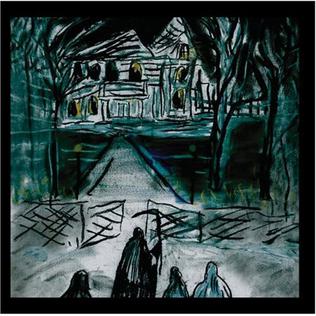
Today is my last day of being a 20-something year old.
It’s one of those big days that we in the cultures of the West like to put great emphasis upon. You spend your 20’s figuring out who you are, exploring ideas, being idealistic. Then, you transition into a real adult focused on career, family, mortgages, etc in your 30’s.
I’m not sure if that’s supposed to happen in one day or over the course of the 30th year, but I’m working on it. Having a child is a big wake up call in terms of personhood, the awareness of mortality and the need for responsibility (etc).
However, turning 30 still scares the hell out of me because I don’t want to loose my idealism which is tied so close to my own identity.
When I was 10 or 12 (maybe 11?), my best friend and I would make out these “life plans” that detailed our futures, careers, wives, etc. Mine went something along the line of going to Clemson then playing catcher for the Chicago Cubs for a while, retiring around 42, becoming mayor of Chicago then Senator and eventually running for President. It was a good plan until I blew out my knees playing catcher in high school and had to take up golf. Plus, I never made that move to Chicago.
When I was 26, I was convinced I would spend the rest of my life as an 8th grade science teacher. I was so happy with that.
Somewhere along junior or senior year of high school I realized I was going to suck as a business person and needed to find a career where I could be paid to think or do something harmless like teach. I’m still working on that plan now that I’m back at Gardner-Webb finishing up my Masters of Divinity and hopefully heading to PhD work soon enough.
When I was 24, I used a map on a trip for the first time. Don’t get me wrong… I traveled a great deal by road (and by myself) before that, but I had always just felt my way around since I have a pretty keen sense of geography. I would just sail into a big city and figure out where a concert hall or ballpark was located without much thought. But on this trip, something changed. I lost a little bit of myself on that trip.
When I was 15, I gave my first real sermon at my small country church in Mullins, SC on Youth Sunday. My topic was about the silence of the Gospels in respect to Jesus’ youth. There are the birth and infancy stories of Jesus and then we skip to Jesus as an adult with very little in-between.
As a kid with too much righteous indignation and not enough temperance, I was often frustrated with the church in terms of how the “youths” were handled and took that to the pulpit that Sunday with pictures of people we teens were turning to (at the time it was Kurt Cobain for me) and how the church was missing the (fishing) boat. I hope I never forget that sermon wherever my career path carves.
I discovered Dura Europos when I was 22. My life hasn’t been the same since.
Jesus re-emerges as an adult at age 30 after evidently spending his youth and 20’s “finding himself” and working. Even with years of Biblical scholarship, it still puzzles me as to what exactly Jesus was doing in his 20’s. Was he conflicted? Scared? Waiting for 30 to get into the game? Why did he wait? Why not give sermons on the mounts when he was 21 or 25? I always found great solace in the fact that the Gospels tell us Jesus waited until he was 30 to start taking “this stuff” more seriously.
Problem is, I’ve only got a few more hours before that solace evaporates and I have to go to Canaa.









